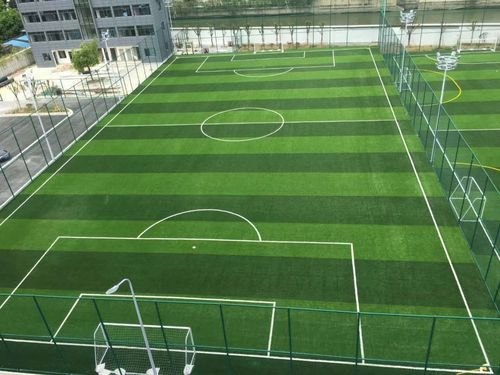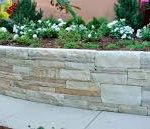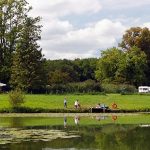Fake Turf – The Benefits and Disadvantages
Have you ever wondered what the difference between natural and fake turf is? In a nutshell, fake turf is a surface made of synthetic fibers that looks like grass. Most commonly used in sports arenas, it has also become popular for residential and commercial lawn applications. Listed below are some of the benefits of fake turf. Read on to learn more. Listed below are three common reasons why people choose fake turf. These reasons can help you decide whether to go with it or not.
The most obvious benefit is that fake grass requires very little maintenance, and can be easily installed in a day. However, there are a few drawbacks. The first one is that fake grass will not last forever. Another drawback is that it is made from plastic, which will lead to disposal issues and shorten its life. Ultimately, fake grass is not the best solution for the environment. It raises questions about the long-term sustainability of our planet.

Another disadvantage is the poor drainage. Depending on the type of artificial turf you purchase, you may end up with a puddle instead of a lush lawn. Many fake grass products are made from plastic that is not recycled. In some cases, the plastic may not be completely recyclable, resulting in microplastics in the soil and in the food chain. While some companies may claim their products are recyclable, this isn’t the case.
Lastly, fake grass for dogs is low maintenance. It doesn’t require much water or maintenance and is free of harmful chemicals. Aside from these benefits, fake grass for dogs is extremely durable. The initial investment will pay off in the savings on water and maintenance. Moreover, you can spend more time with your pet on a fake turf if you own a pet. The installation isn’t too hard and can be done in Texas.
If you’re installing fake grass, check the pile height. Typically, pile height is measured in millimeters or inches. The longer the pile height, the stronger the grass. Professional athletic fields use artificial grass with 3 inch pile height. For high-traffic areas, you should choose a pile height between 1.5 inches and two inches. On the other hand, for low-traffic areas, you can go with 0.5-inch to one-inch height.
The cost of fake turf can vary widely, but it’s still far cheaper than real grass. The installation process is less expensive and requires fewer hours of work. You can choose the size and quantity that you need and save a bundle. Then, fake turf is very low maintenance, which makes it the ideal choice for home owners with little or no time to invest. And, unlike natural grass, fake turf doesn’t require any irrigation. These factors make fake turf the ideal choice for many applications.
Artificial grass can be made out of various materials. The first material used is a mesh fabric that is sewn into synthetic sheeting. This mesh fabric then is combined with synthetic yarn that travels through tubes. Then, the yarn is hooked into the sheeting using over 200 needles. Small knives are then used to cut the ends of the yarn to make it look like grass blades. The backing then moves to a roller that picks up adhesive. It then dries in an enclosed or open setting. When it’s fully dry, hot pins are used to burn holes into the turf for drainage.





